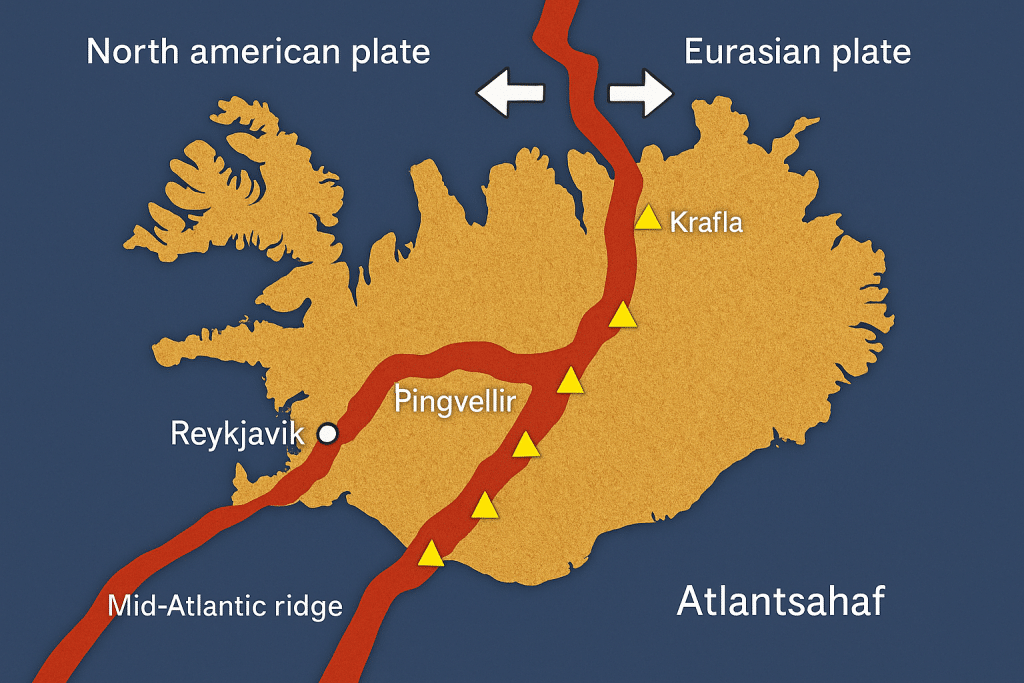A Perfect Day in the Westman Islands: Puffins, Volcanoes, and Adventure
Perhaps the most compelling reason for a visit to the Westman Islands is the variety of things to do there. That’s especially the case in summer, when puffins descend on the archipelago in huge numbers and better weather encourages visitors to get outside and explore its volcanic landscape. If you’re looking for an adventure during your stay in Iceland, then this part of the country is the ideal place in which to find it. Book a place on our Volcano ATV tour and we’ll do the rest.
Geology in the raw
Iceland sits on the boundary between the Eurasian and North American tectonic plates. As a consequence, it’s no stranger to volcanic activity. But even by Icelandic standards, the Westman Islands are geologically young. Volcanic activity probably began about 200000 years ago, perhaps a little less. But the islands you see above the water date from no more than 20000 years ago. In comparison, the Westfjords – the oldest part of Iceland – are thought to be at least 10 million years old.
If you have an interest in volcanoes, Heimaey is an enticing prospect. Initially, the island – and later Surtsey – was formed as magma poured from a fissure in the seabed. The landscape you see today is the result of a number of eruptions, most recently the one that took place five decades ago. Periodically, a subterranean chamber of magma fills and empties. When the magma pours out, it’s this we see as lava flows.

How eruptions have shaped Heimaey
As we lead you around Heimaey, visiting Prestvik beach and other parts of the coastline as well as Eldfell, you’ll get a sense of the island’s topography. Each eruption has reshaped the terrain of the Westman Islands. In the case of the 1973 eruption, new land was created accounting for about two square kilometres of Heimaey’s total area, and the Eldfell volcanic cone was formed. On our ATV tour, you’ll get to see the most recent lava field and also venture to the summit of Eldfell, 220 metres high.
Some of Heimaey is much older, however. The northern cliffs, known to locals as Norðurklettar, as well as other rocky headlands such as Heimaklettur, Miðklettur and Ystiklettur are all the result of volcanic activity. Around the time of the last Ice Age, approximately 10000 years ago, two islands were formed. Another eruption about 6000 years ago created Stórhöfði, which now forms the southern tip of Heimaey.
Nature wasn’t quite finished with Heimaey: approximately 5000 years ago, magma exploded from the edge of Stórhöfði, making the area larger. We call the place Stakkabótagígur. The crater that was made as a result measures a kilometre across. Helgafell erupted. Lava spewed out, linking Sæfell, Dalfjall and Klif. Eventually it blocked off the sea allowing sediment to collect. Because of this Eiðið was formed and eventually built up enough to link Klif and Heimaklettur.

Puffin spotting
The Stórhöfði part of the tour isn’t just a chance to see volcanic landscapes. Our ATV tour is also an opportunity to observe puffins, seasonal visitors to Heimaey and the other islands of the Vestmannaeyjar archipelago. One of the most accessible places to see them is just after you travel across the narrow strip of land that signals you’re entering the Stórhöfði peninsula.
We’ll pull off the road for a short time so that you can view the puffins as they come and go on the cliff face. Within the grassy knolls are their burrows, in which they raise their chicks and keep them safe, warm and well-fed until it’s time for them to fledge. The puffins make clumsy landings which, coupled with their unusual appearance, is quite a comical sight. Together with the experience of riding off-road and seeing the evidence of Heimaey’s volcanic past, seeing the puffins will make this a memorable excursion.